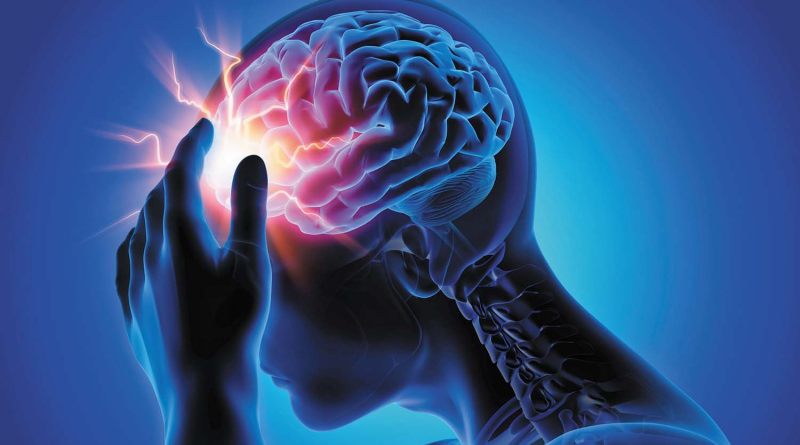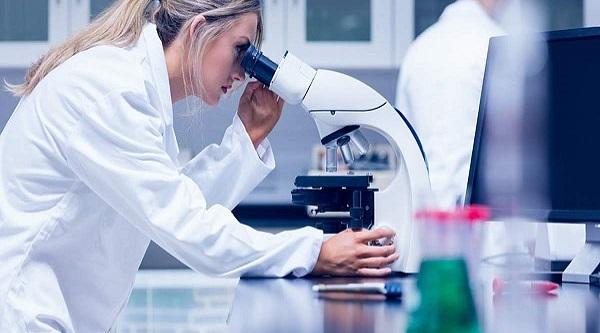Sports has become an integral part of pop culture and billions of people worldwide actively participate in various sports activities. With increasing participation comes increased risk of injuries which require timely intervention and management. Sports medicine devices are emerging as effective solutions to prevent, diagnose and treat sports injuries, helping athletes stay healthy and in the game.
Emerging Technologies for Injury Prevention
Sportswear companies are incorporating advanced technologies to minimize injury risk and maximize performance. Smart fabrics integrated with sensors can detect early warning signs of fatigue, improper form or overexertion which can lead to injuries if not addressed on time. Data from these sensors can be wirelessly transmitted to coaches and medical staff for timely intervention.
Wearable sensors like smart socks and smart insoles can analyze foot mechanics, pressure distribution and gait patterns to detect imbalances that increase injury risk. Customized exercises, orthotics or tape can be prescribed based on this data to correct imbalances before an injury occurs. Augmented reality and virtual reality are also being explored to simulate sport-specific movements and environments safely to train muscle memory and minimize risks.
Advanced Imaging for Accurate Diagnosis
Sports Medicine Devices are revolutionizing injury diagnosis with high-resolution imaging capabilities. Ultrasound machines equipped with broadband linear array transducers allow radiologists to accurately visualize soft tissues like ligaments, tendons and muscles in real-time. This helps diagnose even subtle tears, strains or muscle contusions without exposing athletes to radiation.
Magnetic resonance imaging (MRI) provides unparalleled visualization of soft tissues and bone marrow. Wide-bore MRI scanners designed for imaging extremities allow scanning of injured joints without discomfort. 3D MRI enables volumetric assessment and measurement of anatomical structures for definitive diagnosis and surgical planning. Weight-bearing MRI allows studying injuries under loading conditions simulating sports activities.
Point-of-care Imaging Solutions
Portable ultrasound machines are becoming common fixtures on sidelines and in athlete recovery rooms. Their lightweight, compact designs and imaging capabilities powered by rechargeable batteries allow evaluating acute injuries immediately without transporting injured athletes. Some devices offer tele-ultrasound capabilities for remotely guided scans by off-site radiologists.
Compact MRI systems are also in development with open geometries, eliminating need for tight bore. These may enable on-field or in-clinic MRIs of extremities without moving athletes, expediting diagnosis and return-to-play decisions. Wearable sensors integrated with imaging could also enable remote monitoring of injury rehabilitation.
Advanced Regenerative Solutions
Platelet-rich plasma (PRP) therapy generated from patient’s own blood concentrates growth factors to accelerate soft tissue healing. While research on PRP for tendinopathies like tennis elbow shows encouraging results, studies for other conditions like muscle tears are still ongoing. Stem cell therapy utilizing mesenchymal stem cells shows promise for cartilage and tendon regeneration but remains an investigational procedure.
Tissue engineering approaches allow growing autologous cartilage grafts or meniscus implants in the lab for transplantation. Scientists are also exploring ways to instruct stem cells to form new tissue using bioactive signals. Though still in early research phase, these “cell-free” therapies may overcome limitations of cell-based therapies in future. Biodegradable scaffolds and hydrogels providing structural support during regeneration are other active areas of innovation.
Advances in Rehabilitation and Recovery
Recovery room set ups are incorporating cold water immersion tanks, compression boots, continuous passive motion machines and other adjunctive modalities for accelerated recovery. Microcurrent neuromuscular stimulation devices and pulsed electromagnetic field generators help relieve pain and speed muscle healing post-injury or surgery.
Robotic devices supplement hands-on physiotherapy by precisely controlling movement patterns and gradually increasing range and load in a safe, quantifiable manner. Wearable exoskeletons also assist rehabilitation by providing weight bearing and resistance training for injured lower extremities. Digital libraries of sport-specific exercises allow remote monitoring and guidance by physiotherapists via online portals.
The Rise of Sports Medicine Centers
Top athletic programs and professional sports organizations are establishing dedicated sports medicine centers to provide integrated care. These facilities house advanced imaging suites, surgical theaters, hydrotherapy pools, cryotherapy chambers, conditioning areas and research laboratories under one roof.
Multidisciplinary teams of orthopedic surgeons, sports physicians, physiotherapists, nutritionists, psychologists work in collaboration to address all aspects of prevention, diagnosis, treatment and rehabilitation. Digital medical records integrated with fitness trackers and on-field sensors allow longitudinal monitoring of individual athletes. Outcome metrics help benchmark best practices for continuous quality improvement.
*Note:
1. Source: Coherent Market Insights, Public sources, Desk research
2. We have leveraged AI tools to mine information and compile it



